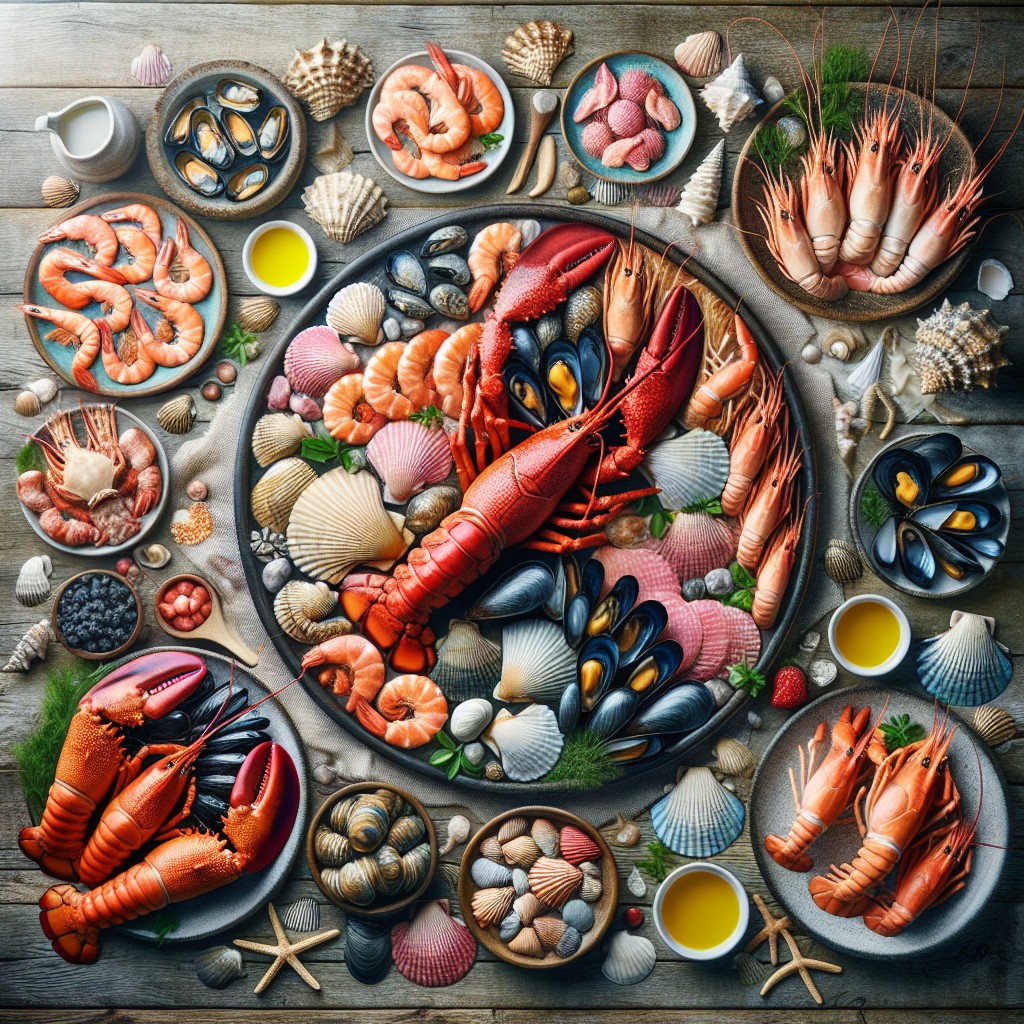IAEA Launches 5-Year Global Project to Combat Seafood Fraud with Nuclear Science
The IAEA’s Food Safety and Control Laboratory will support participating countries in using nuclear and related analytical techniques to strengthen fraud detection systems.

Seafood is one of the most highly traded food commodities worldwide and a vital source of nutrition, income, and livelihoods. Rich in proteins, omega-3 fatty acids, minerals, and vitamins, seafood consumption per person has doubled since the 1960s — and is expected to double again by 2050. However, the rapid expansion of the global seafood market has also created new opportunities for fraudulent practices, which undermine consumer trust, public health, fair trade, and economic stability.
To address this growing challenge, the International Atomic Energy Agency (IAEA), through its Joint FAO/IAEA Centre of Nuclear Techniques in Food and Agriculture, is launching a five-year Coordinated Research Project (CRP) to help countries detect and prevent seafood fraud. The initiative will focus on building laboratory capacity, ensuring product authenticity, and improving transparency and resilience in seafood supply chains — particularly in low and middle-income countries.
Understanding Seafood Fraud
Seafood fraud can take many forms: substituting high-value species with cheaper alternatives, mislabelling the origin or harvest area, selling farmed fish as wild-caught, marketing previously frozen fish as fresh, or using undeclared additives. These practices can occur at any stage of the supply chain — from production and processing to retail and catering. As supply chains grow more complex, monitoring becomes more difficult, creating gaps for illegal activity.
Such fraud not only deceives consumers but can also have serious health consequences. Species substitution may expose consumers to allergens, toxins, parasites, or pathogens. Mislabelled origins can lead to consumption of fish from polluted waters, illegal fishing zones, or endangered species habitats. Selling thawed fish as fresh can pose microbiological risks, including the presence of histamine that can trigger allergic reactions. Even misleading religious or organic certification claims require strict verification to maintain trust.
Nuclear Techniques for Detection
The IAEA’s Food Safety and Control Laboratory will support participating countries in using nuclear and related analytical techniques to strengthen fraud detection systems. These methods provide highly accurate scientific evidence for verifying species identity, geographic origin, and production methods.
One key approach is stable isotope ratio analysis of light elements — carbon, nitrogen, sulphur, oxygen, and hydrogen — in seafood tissues. These isotopic “signatures” reflect the environmental and ecological conditions where fish live, allowing scientists to confirm origin claims and distinguish between wild-caught and farmed fish.
When combined with elemental profiling techniques — including X-ray fluorescence spectroscopy, ion beam analysis, neutron activation analysis, and inductively coupled plasma spectrometry — the accuracy of origin and authenticity determinations increases significantly. Nuclear magnetic resonance (NMR) spectroscopy is also used to differentiate species, detect undeclared additives, and uncover fraudulent labelling of frozen fish.
Additionally, high-resolution mass spectrometry supports the study of proteins (proteomics), fats (lipidomics), and small molecules (metabolomics) to create detailed molecular fingerprints for detecting fraud and ensuring compliance with food safety standards.
Research Goals and Outputs
The CRP will build on previous IAEA food authenticity projects, with the aim of empowering national food control agencies to apply nuclear science in tackling seafood fraud. Key objectives include:
-
Developing and validating analytical methods tailored to national needs.
-
Creating standardized sampling and preparation protocols.
-
Generating new analytical data to fill global knowledge gaps.
-
Establishing reference databases of isotopic and molecular fingerprints for key seafood species, integrated into digital traceability systems to support international trade and regulatory enforcement.
The project will also provide a platform for training, technology transfer, and regional collaboration, enabling countries to align seafood labelling regulations with Codex Alimentarius and other international standards.
Global Collaboration and Long-Term Impact
“This IAEA project provides Member States with a valuable opportunity to collaborate in combating fraud and de-risking the seafood supply chain using robust nuclear science-based tools,” said Debashish Mazumder, Food Provenance Project Leader at the Australian Nuclear Science and Technology Organisation. “Seafood provenance information can benefit trade and contribute to industry sustainability.”
Over the five years, the CRP will produce scientific publications to share results with regulators, industry stakeholders, and food safety networks. Beyond verifying seafood authenticity, the project aims to promote sustainable fisheries, protect artisanal fishing communities, and help combat illegal, unreported, and unregulated fishing practices worldwide.
How to Join the CRP
Research institutions interested in participating must submit a Proposal for Research Contract or Agreement by 31 October 2025 to the IAEA’s Research Contracts Administration Section, using the official template on the CRA web portal. The IAEA strongly encourages applications from qualified women and candidates from developing countries, in line with its commitment to gender equality and diversity in science.
ALSO READ
Government Pushes Blue Revolution with Transformative Fisheries Initiatives
iGOT Karmayogi Review Spurs Digital Push for Fisheries Sector Modernization
Revitalizing Fisheries: A Call to Harness Inland Water Resources
Centre Urges West Bengal to Improve NFDB Registrations, Enhance Fisheries Growth
Climate change alters marine fisheries dynamics, warn marine scientists









